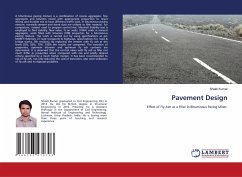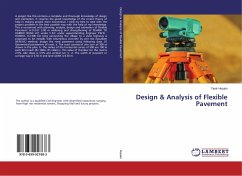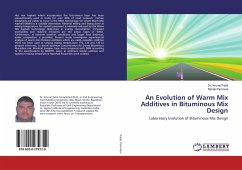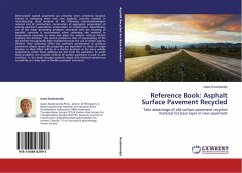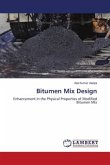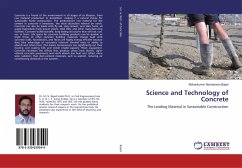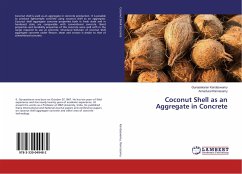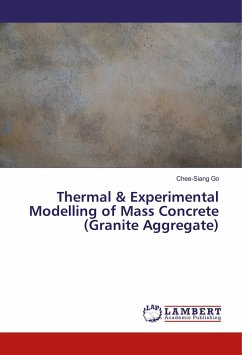A bituminous paving mixture is a combination of coarse aggregate, fine aggregate and bitumen mixed with appropriate proportion to result strong and durable mix to have different traffic load. In bituminous paving mixture, normally cement and stone dust are utilized as filler material. For comparison, cement used to prepare control mix. Marshall Stability test is employed to find stability, flow value, % air voids, (VMA) voids in mineral aggregate, voids filled with bitumen (VFB) properties for a bituminous paving mixture. The work is carried out by using specifications as per MORTH (Ministry of road transports & highways, specifications for road & bridge works, 5th revision). By replacing the cement with fly ash at the levels 25%, 50%, 75%, 100% the results are compared. The variation of properties, optimum bitumen and optimum fly ash contents are determined. It is observed that the control mixes with fly ash as filler not much differ in properties when compared with mix and satisfy desired criteria specified by a much higher margin. It has been recommended to use of fly ash, not only reducing the cost of execution, also solve utilization of fly ash and its disposal problems.
Bitte wählen Sie Ihr Anliegen aus.
Rechnungen
Retourenschein anfordern
Bestellstatus
Storno

